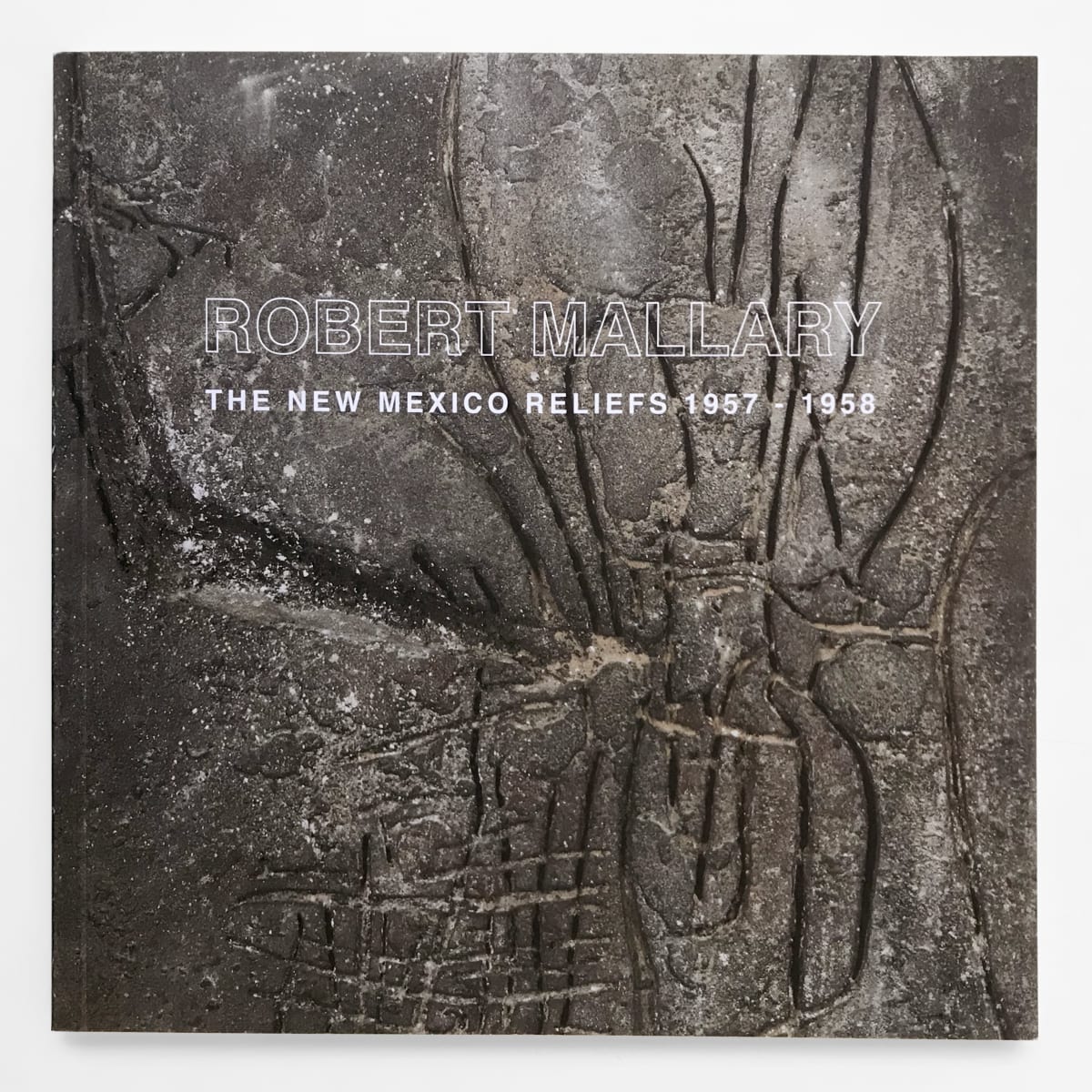The Mayor Gallery participated this year at
FRIEZE NEW YORK 2017 showcasing the works of
Robert Mallary.
The work of Robert Mallary (b. 1917 Ohio, USA – d. 1997 Massachusetts, USA) is characterised by a consistent commitment to technological innovation, and to the exploration of materiality. As well as pioneering the use of computers to design sculptures in the late 1960s, during the first part of his career Mallary produced grungy assemblage sculptures and expressionist paintings, which merged the nihilism of continental existentialist thinking with the irreverence of Neo-Dada. The dissonance between these areas of experimentation perhaps partly explains Mallary’s current place on the margins of post-war art histories. Yet his early practice of the 1950s and 1960s intersects with a number of significant processes and issues explored by painters and sculptors in the decades after World War II, across America and Europe.
Mallary spent his childhood in California, before studying in Mexico City during the late 1930s and early 1940s with David Alfaro Siqueiros, an experience that shaped his interest in unorthodox materials and techniques. The influence of Siqueiros and other muralists such as José Clemente Orozco can be detected in the series of relief works that Mallary made in the mid-late 1950s, while teaching at the University of New Mexico. Their experimental mode of production, use of alternative materials and visceral facticity align the artist with other European and American painters working in this decade such as Alberto Burri, Jean Dubuffet, Jean Fautrier, Cy Twombly, Jay DeFeo and Hassel Smith. Like many works by these practitioners, Mallary’s reliefs, paintings and assemblages oscillate between visions of destruction and recuperation, registering the impact of World War II and the threat of the Cold War, but also expressing a desire for reparation. In interviews Mallary voiced his interest in existentialism, and there are connections between his work and the French critic Michel Tapié’s notion of Art autre, Dubuffet’s definition of Art brut, and the perspective explored by Peter Selz’s divisive 1959 exhibition New Images of Man at the Museum of Modern Art.
Mallary’s work is now rarely shown, but during the 1950s and 1960s his paintings, reliefs and assemblages featured in several significant exhibitions. In 1959/60 his work was included in the important Sixteen Americans exhibitions at the Museum of Modern Art, New York, alongside that of artists including Jasper Johns, Ellsworth Kelly, Robert Rauschenberg, Jay DeFeo and Jack Youngerman. The tensions that energise Mallary’s reliefs would go on to inflect the assemblage sculptures that he made after 1959 after he moved to New York in order to teach at the Pratt Institute. These works, which led to his characterisation as an ‘Abstract-Realist’ by the critic Thomas B. Hess, were included in The Art of Assemblage at MoMA, which contextualised the Neo-Dada phenomenon in relation to Cubism, Dada and Surrealism. His work was also displayed at MoMA on many other occasions, including Recent Sculpture U. S. A. (1959), The 1960s: Paintings & Sculptures from the Museum Collection (1967), Young Abstract Expressionists of the Fifties (1971) and The Artist as Adversary (1971).
Ironically, one of the reasons that Mallary discontinued his assemblage sculptures and relief panels was that the experimental materials he was using started to have an adverse effect on his health; in 1964 he wrote an article for ARTNews warning artists of the dangers of working with resins, polymers and industrial paints. Although this led to his disappearance from the New York scene, Mallary’s material experiments of the 1950s and early 1960s form a compelling instance of wider compulsions surging through post-war artistic production in America and Europe.






